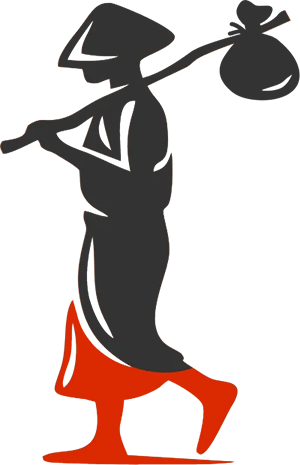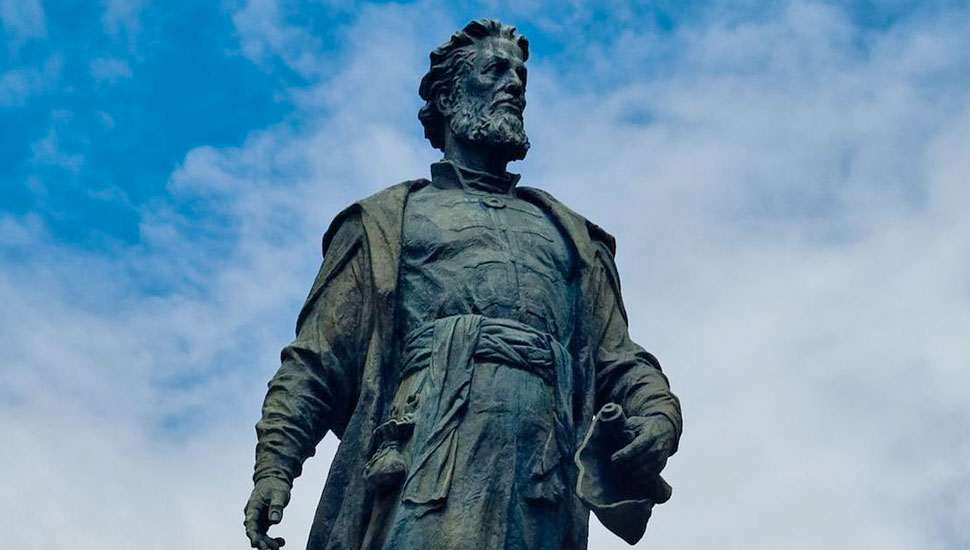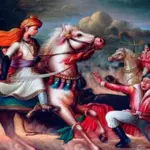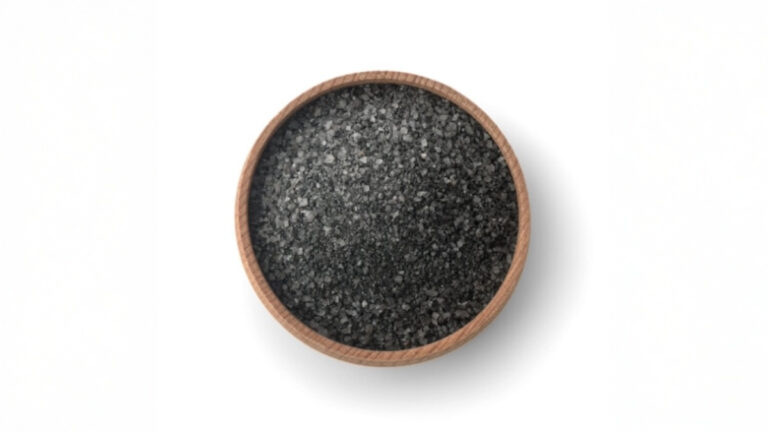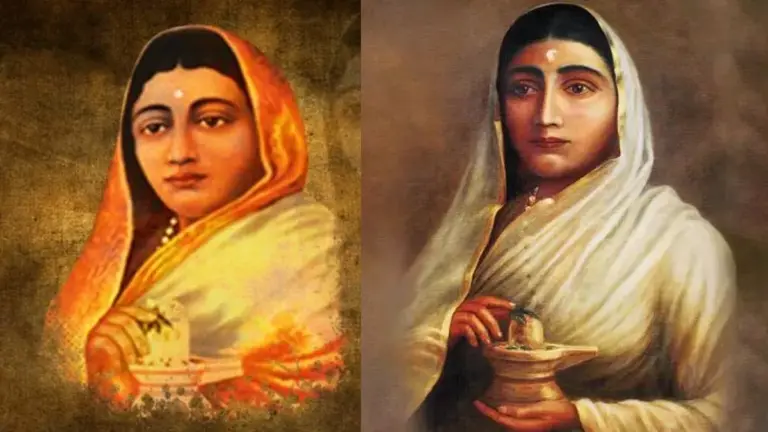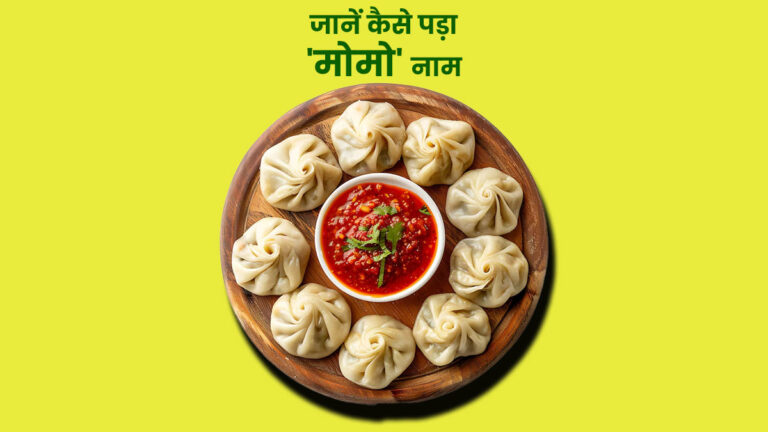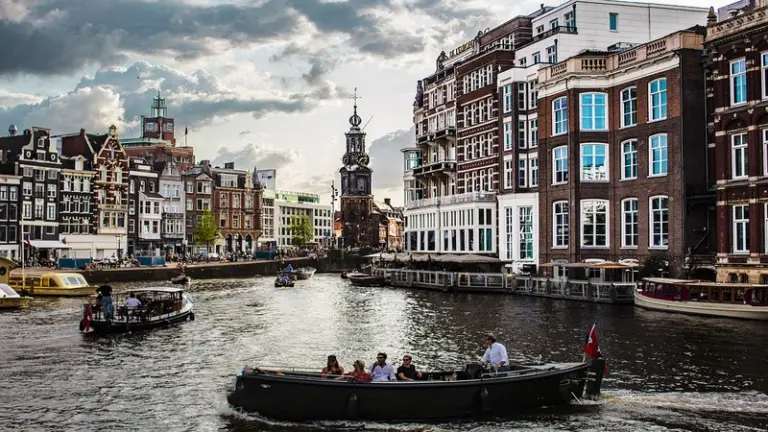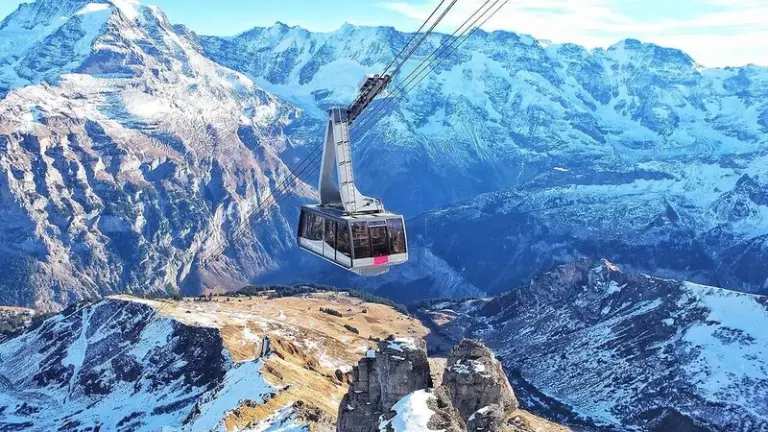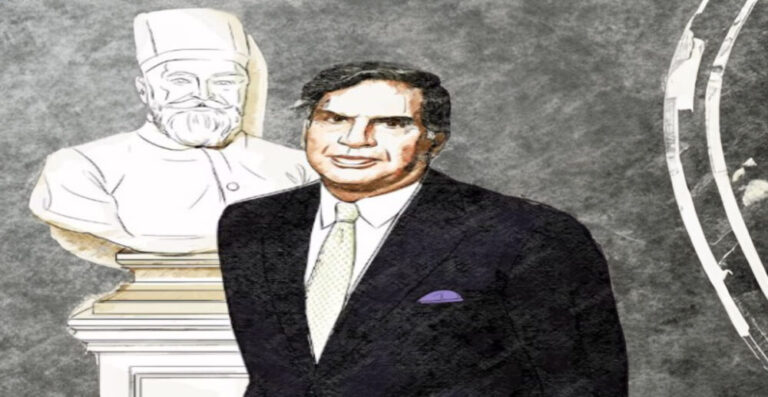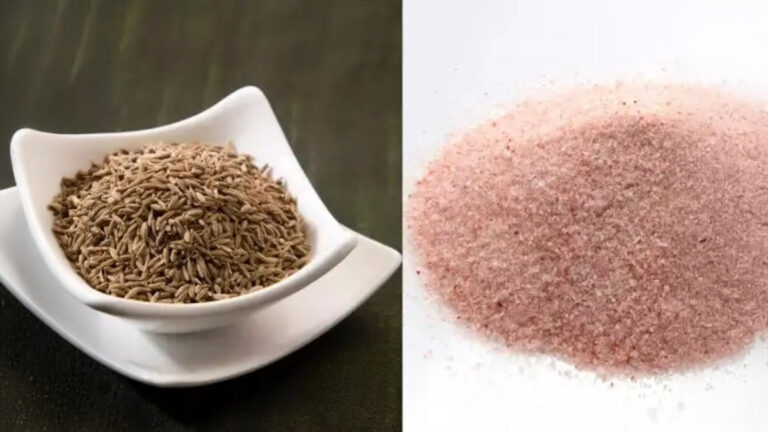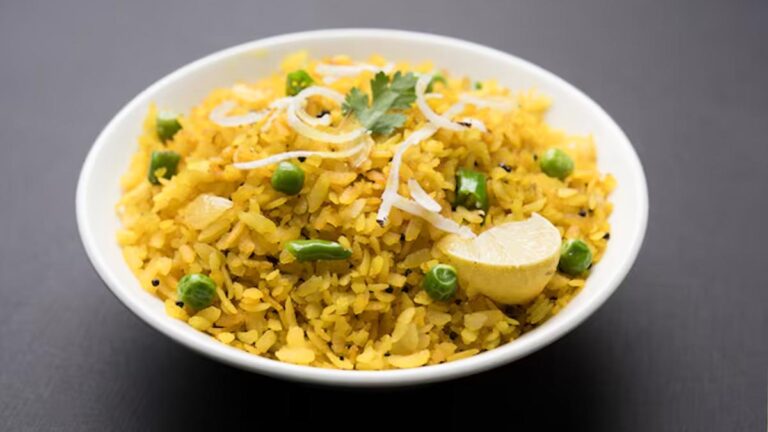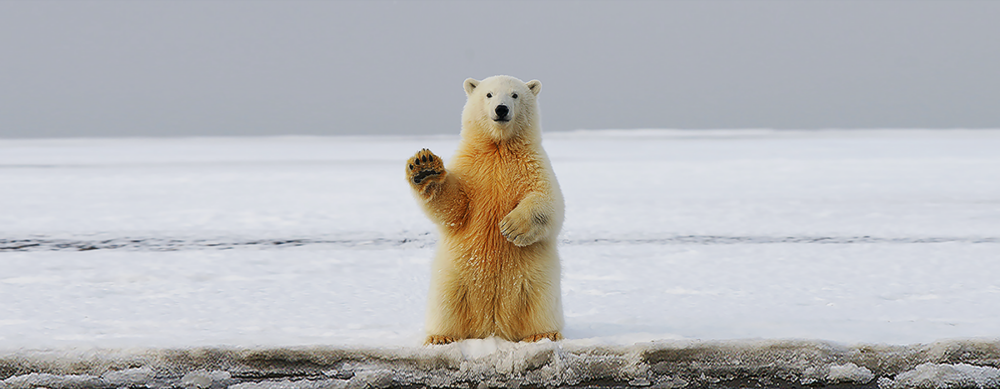It is often said that the relations between India and Russia have been very deep and friendly. But how old is this friendship and when did the process of Indian and Russian people moving between the two countries start? The answer to this question is found in the history books.
This is the story of the period when the Mughal Empire did not even begin in India. Babur was not even born yet. The rule of the Lodi dynasty had just begun over Delhi and the Vijayanagara and Bahmani sultanates were ruling in the Deccan.
Vasco da Gama was born a short time ago and there were three decades left for him to come to India.
It was the year 1469 when the Russian traveler Afanasy Nikitin arrived in India with a horse and his diary.
What did India look like during this period? Nikitin not only saw India of this period but also wrote about it in detail.
Through Diu and Gujarat, he reached the coastal village of Chaul in Maharashtra and through the Deccan countryside reached present-day Telangana.
The story of Nikitin has also been told through a Bollywood film ‘Pardesi’ in which many famous actors and actresses of Hindi cinema have worked.
Along with this, a memorial has been built in his memory in Chaul.
But the question arises, who was Nikitin and why is his story so interesting?
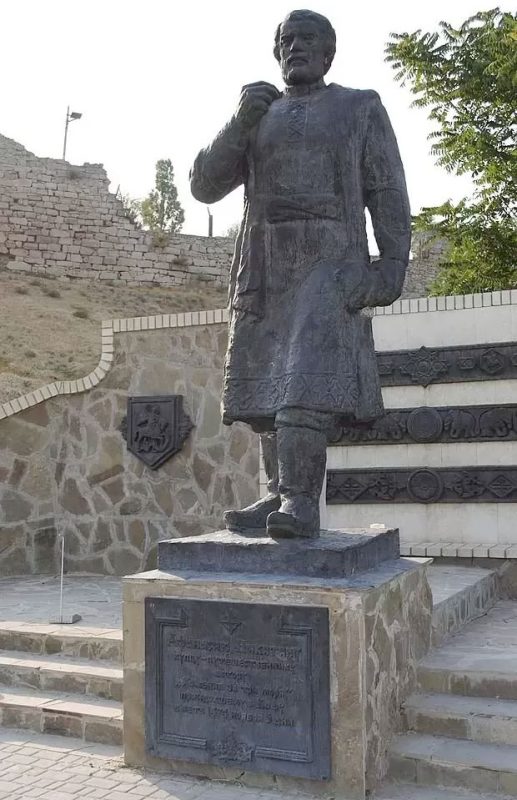
Journey from Volga to Kundalika
According to Russian documents, Afanasy Nikitin was a Russian traveler and merchant who was born in the Russian city of Tver in 1433.
Very little is known about his life before his arrival in India. But one can guess as to why he decided to travel.
Tver was considered a stronghold of traders during this period. The city of Tver, located on the banks of the Volga River, was famous for its adventurous merchants who traveled to Europe and Central Asia.
Nikitin also left Tver in 1466, deciding to set out on a similar business trip.
It is said that someone told him that there is a dearth of good breeds of horses in India. In such a situation, he decided to take a horse with him.
Nikitin has written in detail about this journey, which gives information about the trade routes of medieval India.
Nikitin has told how he traveled from the Volga River to the Caspian Sea.
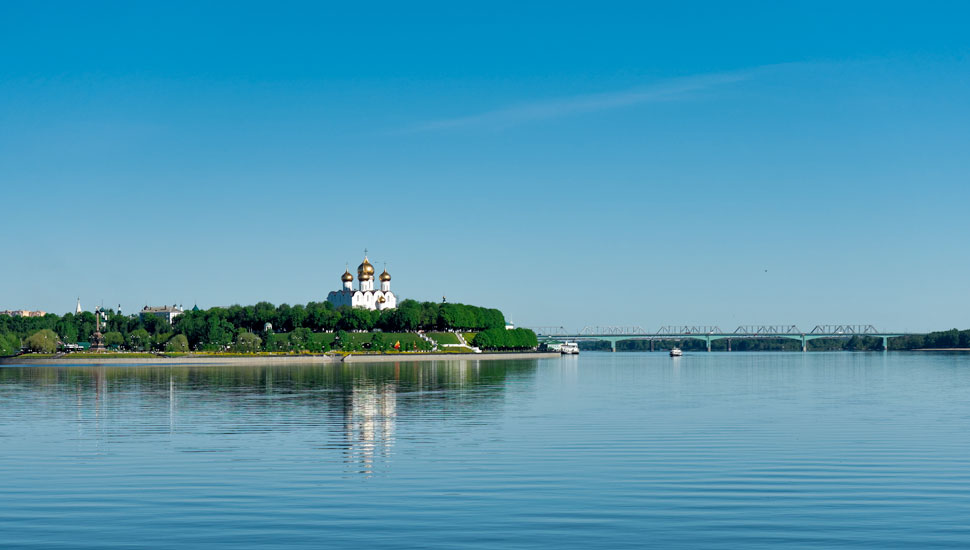
He was robbed twice on this journey. Some other people were also coming with him on this journey, who decided to go back or stay where they had reached.
But Nikitin went ahead. After this, he entered Persia (today’s Iran), reached Hormuz, and from there reached India via the Arabian Sea.
Nikitin’s boat first reached Diu, after which he reached Khambat in Gujarat. After reaching the port, he wrote about indigo i.e. indigo, which used to be very expensive in Russia.
After this, he started his journey towards Chaul port situated at the mouth of the Kundalika River in Maharashtra.
Russian historians believe that Afanasy Nikitin had set his feet in the chawl for the first time on Indian soil.
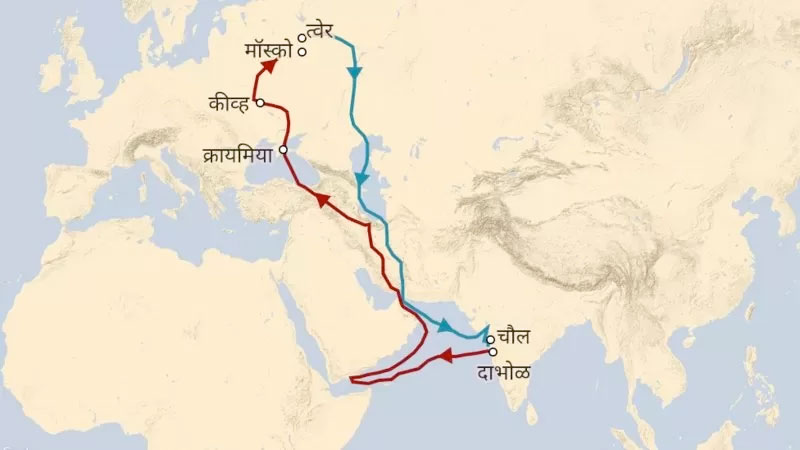
What did Nikitin see in the Deccan
Chaul is a simple village located 110 km from Mumbai in the South of Alibag city in the Raigad district of Maharashtra.
Surrounded by coconut, palm, and many other tropical climate trees, Chaul looks like any other coastal village.
But this simple-looking coastal village itself has a history of two thousand years.
Many historical documents and travelers have mentioned this port under different names like Champavati, Chiul, and Chiwli.
In the medieval period, Chaul used to be a big port city where traders from distant countries used to come. They used to enter the port from the Kundalika river and come to a place which is now in the village near Revdanda.
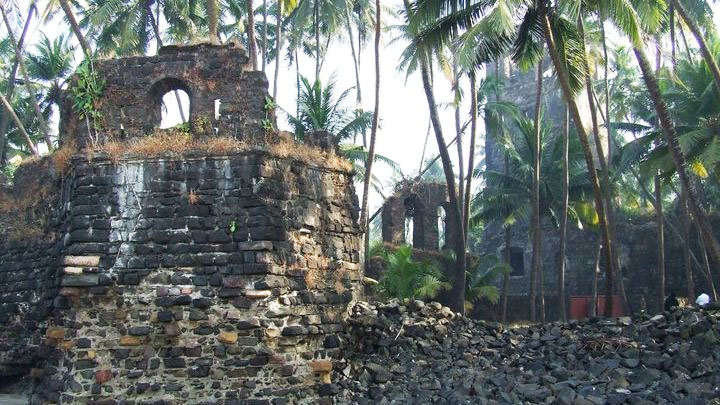
Afanasy Nikitin was one of these merchants. He reached here sometime in the year 1469 and in his diary he wrote about the people here.
He wrote, “Here everyone is naked. They do not cover their heads. They walk barefoot. Here women tie their hair in a ponytail. Rich people cover their heads. They carry a cloth over their shoulders and The other is tied at the waist.
Women tie a cloth around their waist and their chest are not covered. Here the skin color of women and men is darker. Wherever I go, people are fascinated by my fair skin.”
Reading Nikitin’s diary, one can imagine how interesting it must have been to see all this as a Russian.
Nikitin went to Pali from Chaul and reached Junnar from there. He writes that “for four consecutive months, it rained day and night and there was mud everywhere“.
He writes how these days people used to work in their fields and eat khichdi.
Something happened to Nikitin in Junnar, due to which his faith and religion got challenged.
A local leader named Asad Khan snatched Nikitin’s horse and ordered that Nikitin, who believed in Christianity, would have to convert to Islam or pay a heavy fine to take his horse.
This was a huge problem for Nikitin. But Mohammad Khorsan, a Muslim minister of Turkish origin, came forward to help Nikitin in this matter.
Khorasan scolded Asad Khan and refused to pressure Nikitin to accept Islam. After this, he got Nikitin’s horse back and both became good friends.

Bahmani and Vijayanagara
After this Nikitin reached Bidar, the capital of the Bahmani Sultanate, where he was successful in selling his horse. In return, he received a considerable amount and proceeded towards the Vijayanagara Empire.
Nikitin also wrote about the rivalry between these two powers. He also went on a religious visit to Srisaila where he was astonished to see the idols of deities having ‘elephant head’ and ‘monkey face’. He has also written about the Bhandara to be held in the temple.
Nikitin also kept a fast during Ramadan. He also reached Gulbarga and visited the diamond mines in Raichur and Golconda.
By this time he had spent almost three years in India and now it was time to return home.
He started his return journey from Dabhol port, 180 km from Chaul.
He has written that other things including horses from Egypt, Arabia, and Turkey are brought here to be sold.
From Dabhol, Nikitin went to Ethiopia and from there reached Iran. After this, he continued his journey by road from Crimea and Kiev (present-day Ukraine).
But in 1472 Nikitin died in Smolensk, Russia, before reaching his hometown of Tver.
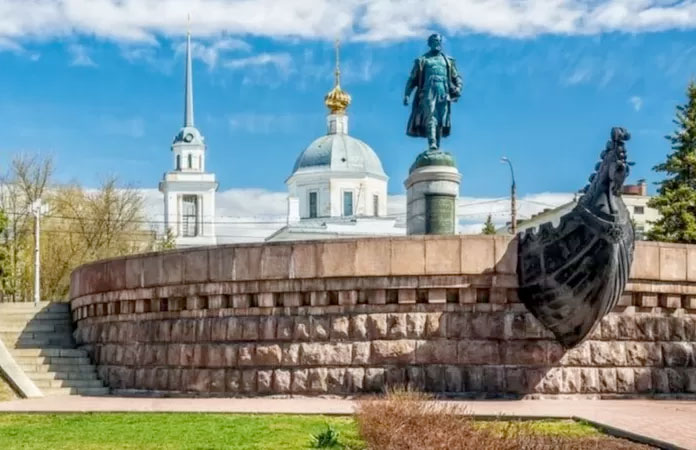
Bollywood Film and Memorial in Chaul
Since Nikitin’s death, many empires and rulers have come to Russia. But after independence, in India and in the Soviet Union, Nikitin was seen as a symbol of friendship between the two countries.
Not only this, Indian and Russian filmmakers also made a film on his life ‘Pardesi’ which was released in the year 1957.
The film was released in two languages, Russian (color) and Hindi (black and white).
Big actors like Nargis, Prithviraj Kapoor, Balraj Sahni, Padmini worked in this film and Russian actor Oleg Stryjna was in the lead role.
The film has songs like ‘Yaar Dasvidaniya’ by Manna Dey and songs sung by Lata Mangeshkar and Meena Kapoor.
In the year 2002, a memorial pillar has been erected with the help of the Russian Consulate in Chaul. These monuments are present on the premises of SRT High School which is frequented by Russian people and historians.
Along with this, his monuments are also present in Feodosia and Tver of Crimea.
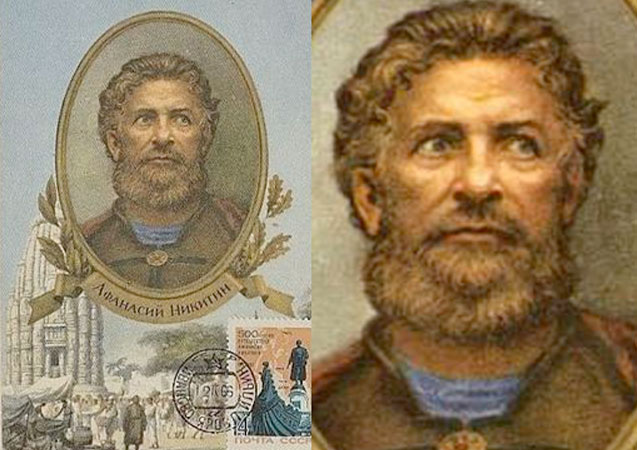
Why is Nikitin’s diary important?
Nikitin continued to write a diary till the last days of his life. Many years after his death, his diary came in the eyes of the world and is currently kept in a monastery.
This diary is known as “Khojniye Za Tri Morya” i.e. ‘Journey Across the Three Seas’. Nikitin crossed three seas, the Caspian Sea, the Arabian Sea, and the Black Sea.
This diary is considered to be the first document written in detail about India in the Russian language.
Nikitin was not the only European traveler to visit India in the 15th century. But what he saw and wrote is what sets him apart.
This is to say of Dr. Megha Pansare, who teaches in the Department of Foreign Languages of Shivaji University, Kolhapur.
Megha says, “This man reached India after facing many difficulties and the most important thing is that he reached rural India and wrote about there. His journey was different, he mingled with the common people and learned about the local culture and rural life. saw and wrote.
Whatever he wrote, he wrote from the Russian point of view. When he talks about women, he writes that how women have not covered their hair because in their country Russia women always kept their hair covered.
Nikitin did not have the royal support of other travelers of his era, but despite this, he continued his journey. This tells how much he was attracted to this country.
Nikitin has also described the then Indian society in his diary. He made friends with many Muslims and Hindus, drank coconut toddy, ate jackfruit, and tasted ghee for the first time in his life.
He writes how people used to give preference to cows and oxen over horses. Along with this, he mentioned the deep gap between the rich and the poor between the communities. He wrote that people of one community did not marry and eat food in another community.
Megha Pansare says, “We have limited sources of history and this diary is one of the most solid sources. I think her diary speaks of a healthy and culturally diverse heritage.
It can be seen that there were many Muslim rulers in this period, many of whom were also very good. Nikitin speaks of the coexistence of people of different religions. It is very important to know this in today’s era.”
She tells that “Nikitin was a believer of Christianity and when he was asked to change his religion, he got upset. On this occasion, he writes, if you want to come here, leave your faith and religion behind. But The fact is that he could practice his religion while living here.”
Experts like Dr. Megha Pansare insist on knowing the story of Nikitin in the present times.
She says, “We talk about the friendly relations between India and Russia, how these relations have made it difficult for India to take a stand on the Ukraine war. But if we really look at the equation between these two countries. If we want to understand, we have to understand Afanasy Nikitin. Because if we turn the pages of history, we come to know how deep our relationship is and how we are related to each other.
